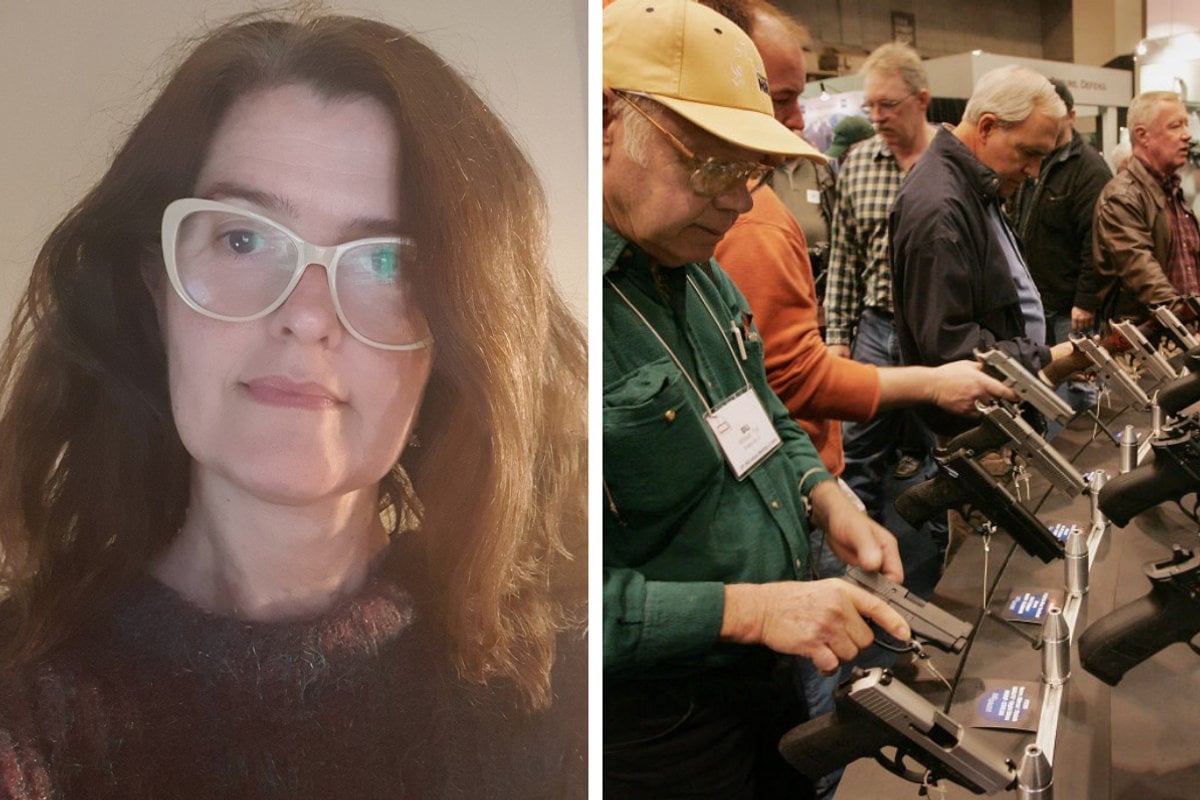
Twenty-two years ago, I lived in Houston, Texas. There, I witnessed how deeply ingrained gun culture is - how normalised, or even expected - it is to own a gun in America.
It's not something I’ll ever forget.
When it comes to guns in America, not much has changed since I lived there. In fact, data shows gun-related deaths and mass shootings have increased significantly over the past two decades.
In 2020, firearms became the leading cause of death for children in America. I know, so shocking and hard to believe you might just need to read that twice.
Watch Mamamia's news editor, Gemma Bath speak about America's pro-life pro-gun contradiction. Post continues below.
The tragic deaths of 19 children and two adults this week from a mass shooting at an elementary school in Ulvade, Texas, brings gun law reform back into the spotlight. Again. But the resistance to change still appears insurmountable. Even when innocent children are killed and will continue to be.
Sitting here in Australia, the solution seems simple.
Many people suggest: limit access to guns to reduce mass shootings and gun-related deaths, like then-Prime Minister John Howard did after the Port Arthur massacre in 1996.




























































































